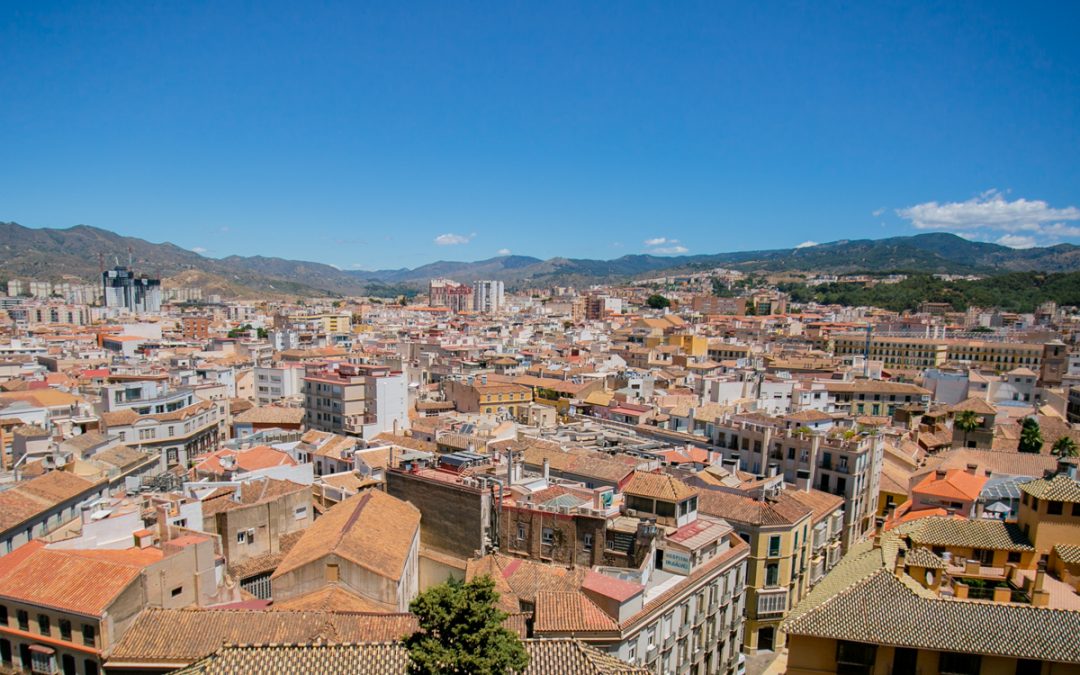Malaga, a port city in southern Spain and the capital of Costa del Sol, is known for its picturesque beaches, stunning monuments and impressive gastronomy scene. Recognized with a European Smart Tourism Award 2019 for outstanding achievements in accessibility, the city has made major investments in making its infrastructure accessible to all visitors. A fully adapted bus system with electric ramps and space for wheelchair users is available, and more than half of the city’s taxis are adapted for wheelchair access. Additional programs, such as the “Enjoy the Beach” campaign and the Malaga Accessibility project, ensure that all visitors to Malaga can take advantage of the city’s numerous attractions.
Where to Stay in Malaga
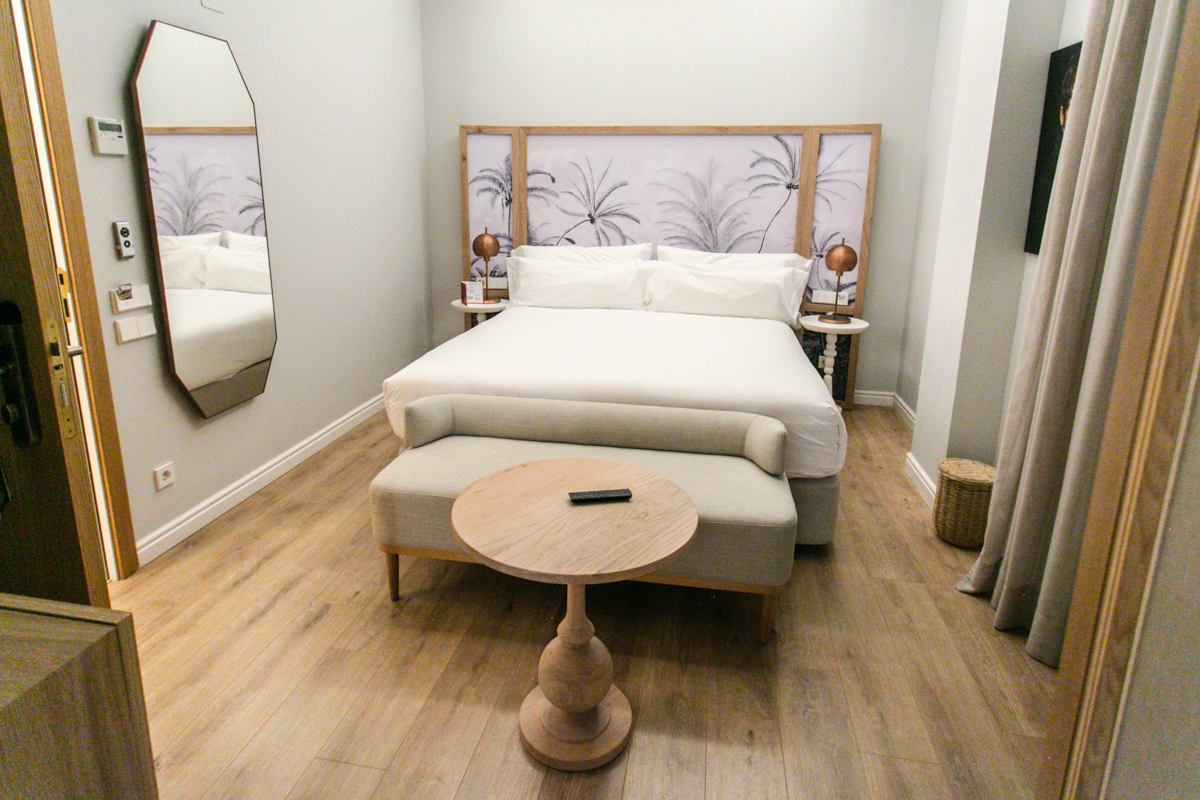
This new, boutique hotel is conveniently located in the trendy SOHO neighborhood of Malaga. Featuring a colonial inspired decor, ICON Malabar has a large lobby and two patios with plenty of natural light. They offer accessible rooms with roll-in showers and accessible features such as grab bar, folding bench, rain shower head, and barrier-free sink.
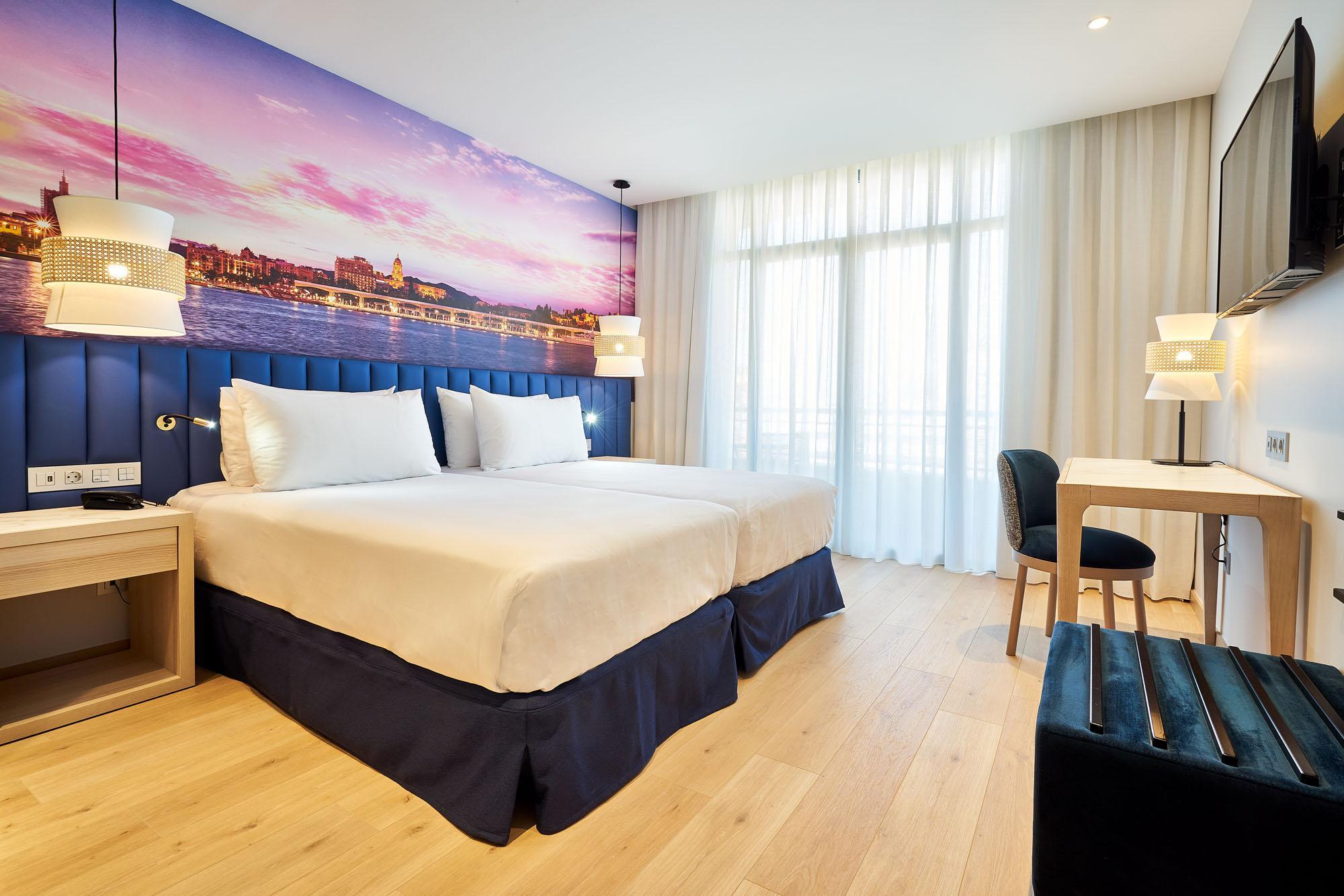
Centrally located next to Guadalmedina river, Eurostars Astoria is a modern, friendly establishment with comfortable guestrooms that won’t break the bank. The building has automatic doors and elevator access. The hotel offers two accessible rooms with doors that automatically open on the tap of a keycard. Each room is equipped with a roll-in shower, folding shower chair, overhead rain shower, grab bars, an emergency pull-cord alarm, and a lowered and barrier-free sink.

A small and beautiful hotel ideally situated in Malaga, being only a few minutes walk from shops, restaurants, the marina, the beach and several sights of interest. Their accessible room is on the ground floor and is equipped with a roll-in shower, grab bars, lowered and barrier-free sinks, and emergency pull-cord alarm. There’s also a rooftop bar with stunning views of the city overlooking the marina as well as a swimming pool with a fixed lift for entry accommodations.
What to Do in Malaga

Photo credit: Andalusia Tourism
Did you know: Malaga is the birthplace of one of Spain’s greatest artists, Pablo Picasso. Located in the historic centre, the Museo Picasso Malaga is the largest Picasso-dedicated space in the city and will take visitors to a very interesting journey from his childhood to adulthood. For accessibility, wheelchair users must take an alternate entrance on the side. Once inside, the building can be explored easily with ramps and elevators. Free admission is offered to people with disabilities and one complimentary companion.
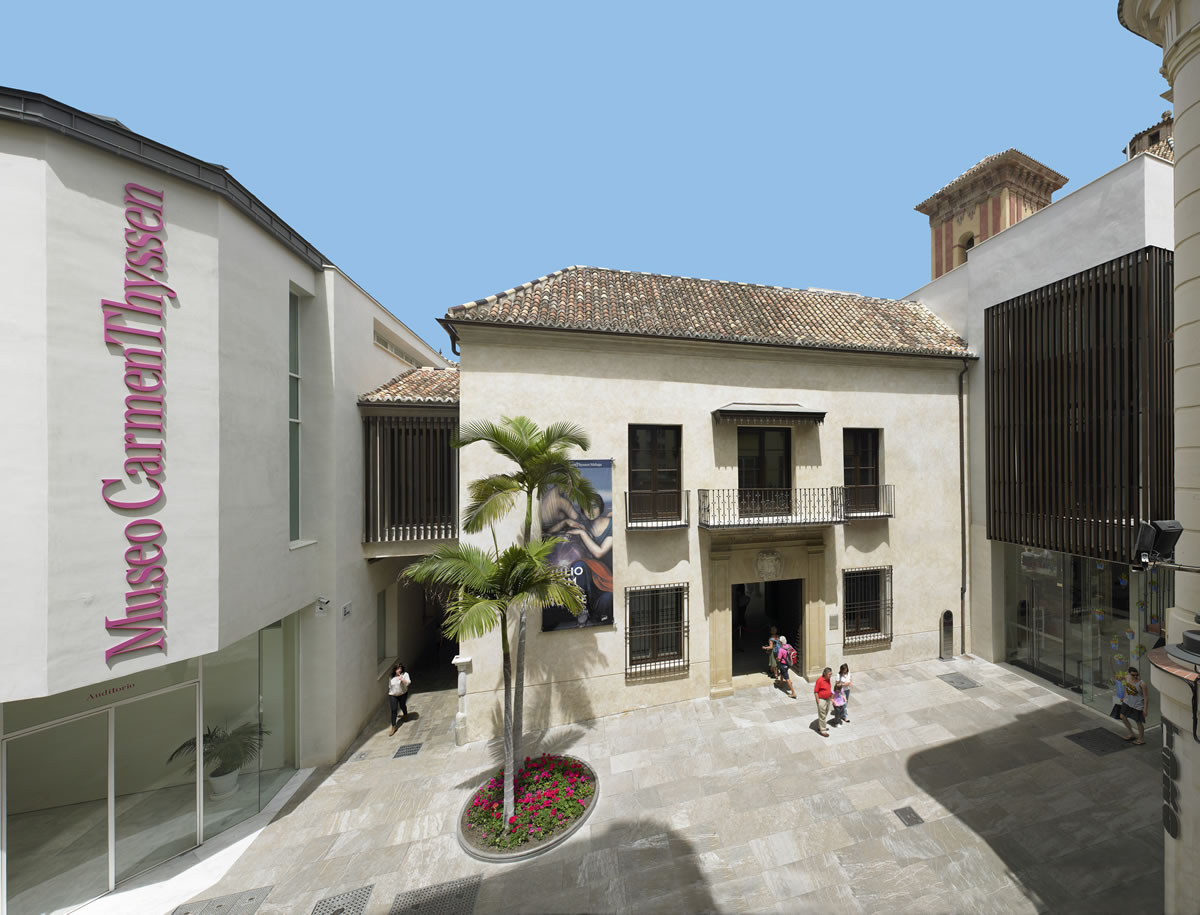
Photo credit: Visit Costa del Sol
Housed in the 16th-century Palacio de Villalón, Museo Carmen Thyssen holds an impressive art collection of Spanish paintings from the 19th and 20th centuries. The building has four floors fully accessible with lifts and there are accessible washrooms on each level. The museum offers accessible activities and visits as well as audio descriptions and sign language guides. Rental wheelchairs, walking stick seats and pushchairs for babies are available for free and do not require any previous reservation. There is no public parking close by but you can let the museum know when you’re coming so they can provide drop-off or pick-up assistance.

Along the waterfront, between Docks 1 and 2 of the port, it’s hard to miss the multicolored cube structure that is the Pompidou Centre Malaga. Opened in 2015, this contemporary art museum is the first branch of the Parisian institution outside France. Its permanent collection includes over 80 artworks from 1905 and later, and feature major artists such as Picasso, Miró, Bacon, Magritte, Frida Khalo and Giacometti. The building is accessible throughout and equipped with ramps, elevators, and adapted restrooms. Wheelchair rentals and service are available upon request. Free audio guides can be downloaded as a digital app. Admission is free for visitors with disabilities and one complimentary companion.

After all that sightseeing, it’s time to treat yourself! Stroll along Calle Marques de Larios, one of the city’s main shopping streets. This beautiful flat and spotless pedestrian street is filled with plenty of shops and beautiful buildings to pass a few hours. Wheelchair users can easily hop from one store after another with street-level entrances and permanently open doors (if not, they’re automatic doors). Multi-story establishments are equipped with elevators. Several benches are available in case you need to catch your breath.
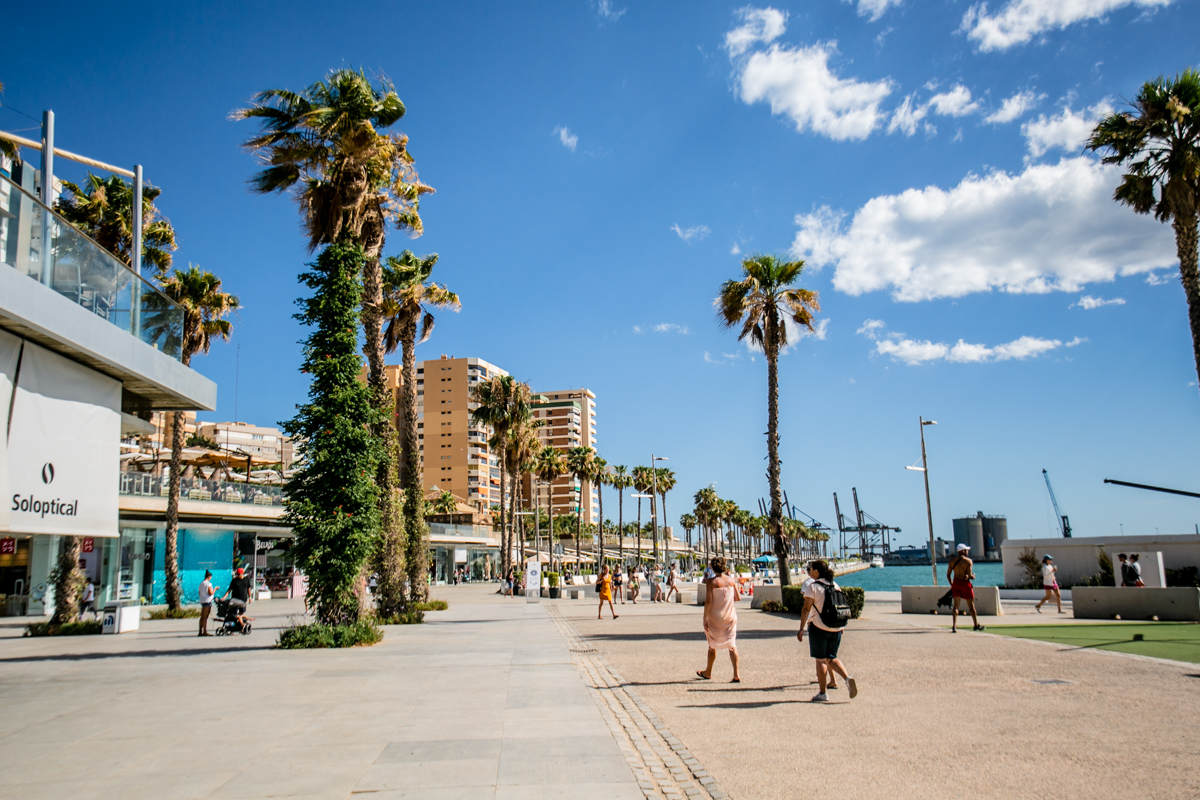
Make your way towards the waterfront and you’ll find Muelle Uno, a hip open-air mall area that’s become a popular hangout spot for both locals and tourists. There are shops, bars, restaurants, cultural events and beautiful views of the port. Accessible underground parking is available with two accessible spots right next to the elevator. Accessible washrooms available within the complex.

One thing you’ll notice about the beaches in Malaga is how accessible they are. Next to Muelle Uno is an urban beach called La Malagueta. There are several access points with ramps from the boardwalk as well as an accessible pathway allowing wheelchair users to get close to the sea. You can also find accessible showers and washrooms along the stretch. Highly recommend popping by one of the “chiringuitos” or beach restaurants and order an “espeto” or skewered sardines, a delicacy of Malaga cuisine .
Where to Eat & Drink in Malaga

Founded in 1983, La Canasta is a popular bakery chain with several locations in Málaga. They offer a wide selection of pastries from savoury breads to sweet croissants. For accessibility and vibe, their branch at Plaza de La Constitución is our favourite with barrier-free entrance and outdoor seating. It’s a great spot to grab a coffee or snack while watching the world go by. There is an elevator to the upper floor where you can find more seating although the ones in the balcony are not accessible due to a lip. Accessible private washroom with grab bars and changing table is available.

A trip to Spain wouldn’t be complete without indulging in some pintxos and tapas. Casa Lola Uncibay is the biggest and best out of all the locations with two branches right across each other. One has an outdoor patio with lowered tables and seating. For indoor seating, the entrance is barrier-free but there is only bar seating available. The other branch also has an outdoor patio with high tabletops and bar stools so for accessible seating you’ll have to go inside. The menu is available in English and Spanish, and staff are more than willing to go over options and make recommendations to you. Both branches have their own accessible washrooms: a single private stall, gender neutral, spacious with grab bars but no automatic door nor features.
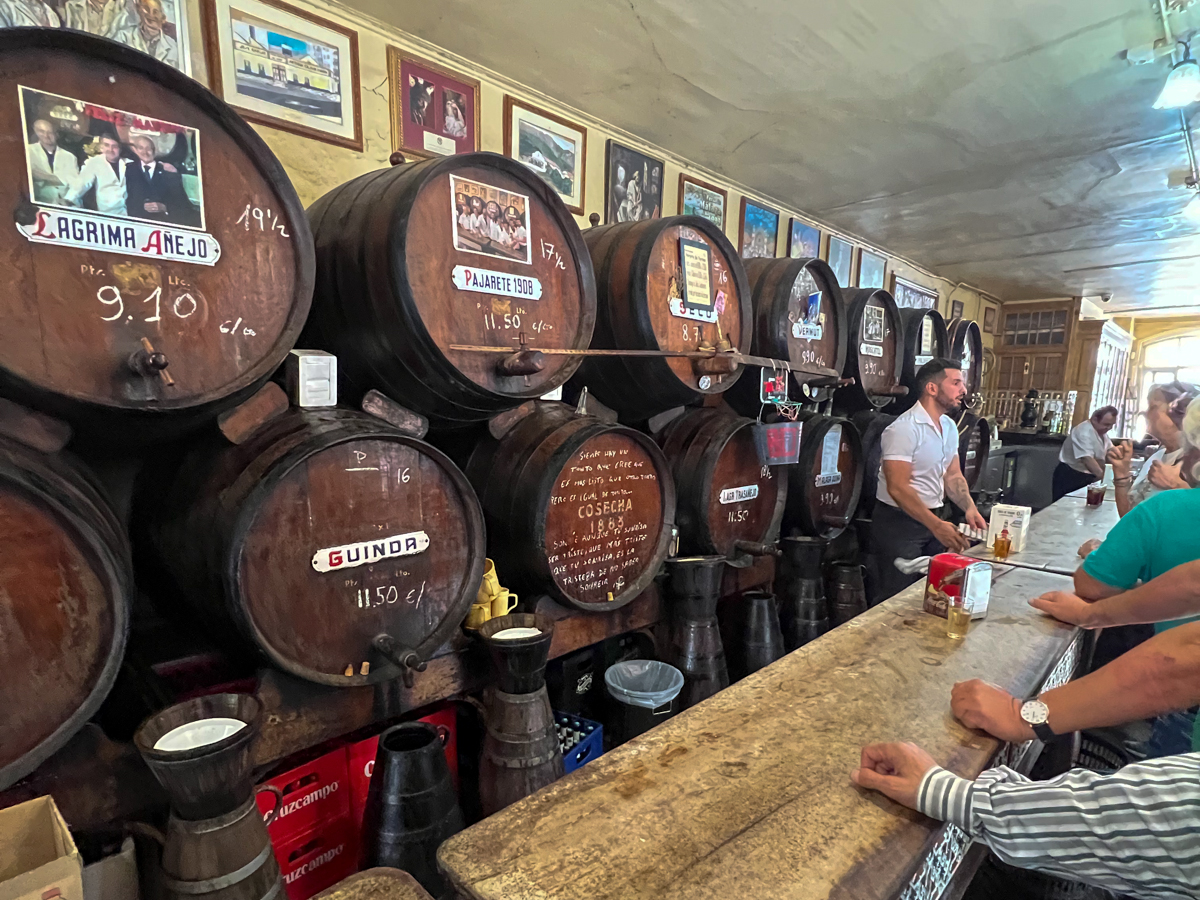
Take a trip back in time in this historic bodega that serves wine straight from the barrel. There is a noticeable step at the entrance that can dismiss most wheelchair users but they do have a portable ramp available by request. Be warned that it is a standing room only and can get packed during peak hours. Still, it’s worth dropping by for a unique local experience.
Latest on the blog
10 Years of AccessNow: Reflecting on 2025
2025 was a big year at AccessNow - it marked our 10-year anniversary, a milestone that gave us space to reflect on how far we’ve come and where we’re headed next. Throughout the year, we experienced moments of learning, collaboration, and growth that moved...
What’s New in the AccessNow App
We’re turning 10 — and we’ve just launched our biggest app update yet. Built with and for our community, this version of AccessNow brings a whole new look and smarter features that make it easier than ever to find and share accessibility info around the world. You...
Canada’s First Accessible Air Travel Forum
This fall, the Accessible Air Travel Forum hosted by UHN brought together researchers, industry leaders, and individuals with lived experiences to discuss the challenges faced by travellers with disabilities. Our very own Maayan Ziv delivered a keynote presentation,...

